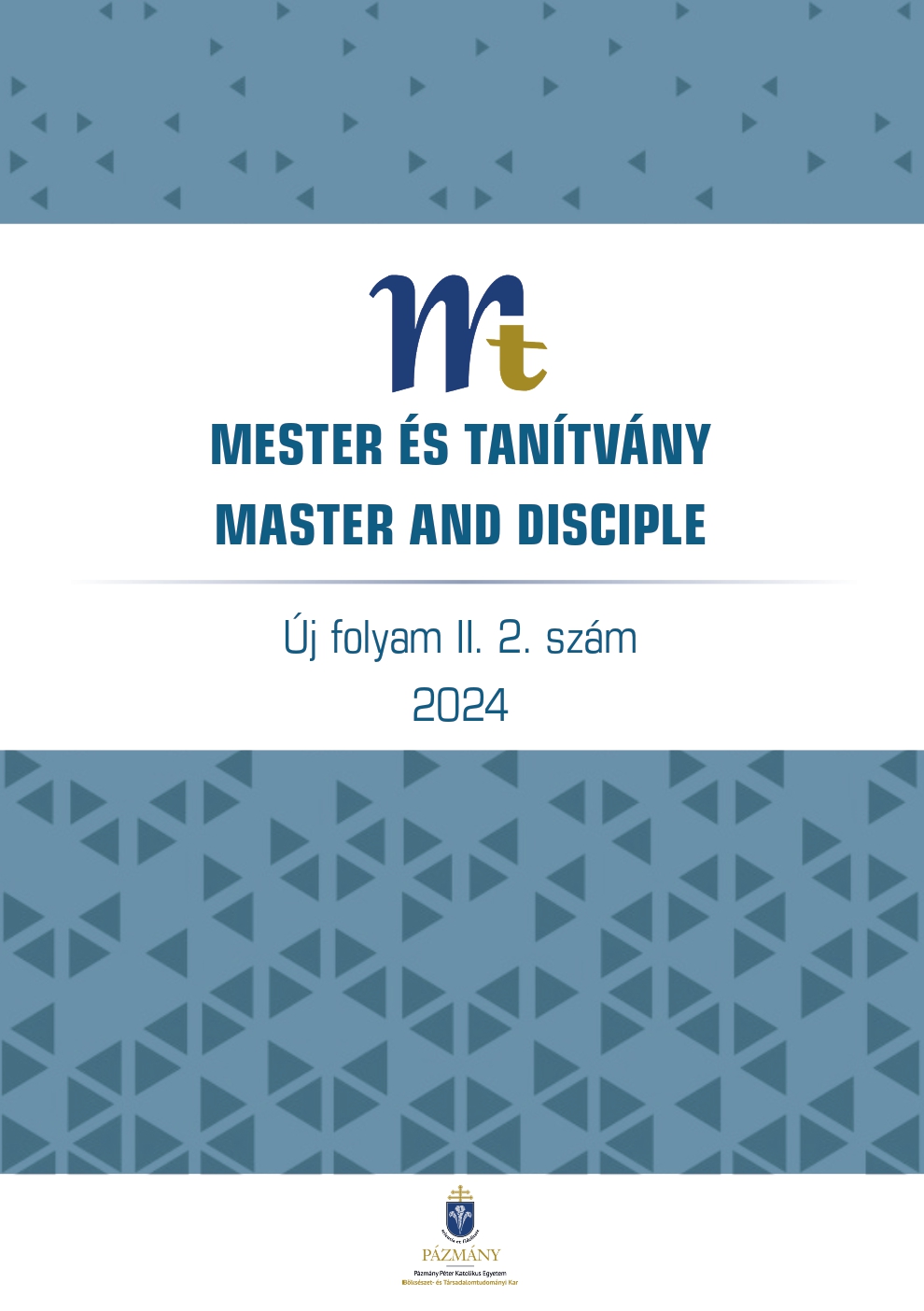Published 07-01-2025
Copyright (c) 2024 Luca Tiszai, Sándor Katalin

This work is licensed under a Creative Commons Attribution 4.0 International License.
Abstract
Working with children or adults with severe and multiple disabilities is often a challenge for both teachers and social workers. Educational as well as art therapy methods often rely on verbal communication. There is a definite need for methods developed for people with limited language code. The training, which included theory and practice in art therapy methods for people with severe and multiple disabilities, was held at the St Elisabeth Nursing Home in Ipolytölgyes. The unique element of the training was that after the theoretical blocks, participants could have first hand experience of the methods just learned with the help of our participative assistants: the residents of the institution, who were familiar with the given method. People who have a limited verbal code to communicate often have a rich visual imagination and like to take photographs. On the final day of the training, we visited the Vasarely Museum, where each participant had an experiential expert partner to work together on the task given by the trainers. The task was to rethink the artworks they had seen: to create new images using the partner(s) as part(s) of the new artwork and make photos of their creations. This task provided a basis for avoiding a subordinate relationship, and to work instead as mutual and equal partners. Vasarely’s art inspired the participants, and in many cases, in addition to the initial pairs, the photographer who recreated the image chose one or more models from the entire group of participants to create a composition that harmonised or complemented the colours and shapes of the original works.
References
- Balázs, J (2010) Értékrend, egyenlőtlen esélyek és a befogadás esélyei. Kultúra és közösség 1.(14.) évf.) 3. sz. 5-10. old. http://www.kulturaeskozosseg.hu/pdf/2010/3/kek_2010_3_1.pdf . Utolsó megtekintés: 2017.01.26.
- Bandoroff, S., & Newes, S.L. (2006). Coming of Age: The Evolving Field of Adventure Therapy.Association for Experiential Education,
- Feuer, M (2000). A gyermekrajzok fejlődéslélektana. Akadémiai Kiadó, Budapest. ISBN 963-05-7732-1
- Holzhey, M (2005). Vasarely. Taschen. ISBN 3-8228-3908-6
- Illés A (2009). Művészetterápia a közoktatásban: elméleti lehetőségek és etikai megfontolások. Új Pedagógiai Szemle, 2009/5-6. sz., 233–240
- Márkus E (2023) „Súlyos-halmozott fogyatékosság 2.0” – avagy a második generációs alapozás. KÖNYVAJÁNLÓ in: Tiszai Luca (2023) Az élet minden területén... A súlyos-halmozott fogyatékosságról a mai kutatások fényében. Budapest: Gondolat pp.13-19
- Ringer, M. (1994). Adventure therapy: A map of the field: Towards a definition of adventure-based therapy: Workshop Report. Unpublished manuscript.
- Sándor, É (2006). Fejlesztés művészettel. ELTE BGGYFK. ISBN 963 7155 36 8
- Sándor É. & Horváth P. (1995). Képzőművészeti pedagógiai terápia. ELTE BGGYFK.
- Sándor Katalin & Illés Anikó (2021) Tapasztalatok vizuális alkotásról és befogadásról egy bentlakásos intézmény festőműhelyében VIZUÁLIS KULTÚRA (MROE) 1 pp. 45-48.
- Tiszai Luca (2023) Az élet minden területén... A súlyos-halmozott fogyatékosságról a mai kutatások fényében. Budapest: Gondolat
- Tiszai Luca - Szűcs-Ittzés Zsuzsanna - Devosa Iván (2022) Súlyosan-halmozottan sérült felnőttek zenebefogadása az „embodied music cognition” paradigma fényében In: Neveléstudomány : oktatás - kutatás - innováció, 2022. (10. évf.) 3. sz. 62-77. old.
- Tiszai L & Váróczy V (2022) Kalandterápiás és művészetterápiás elemek szerepe súlyosan-halmozottan fogyatékos személyekkel való találkozások facilitálásában. Különleges Bánásmód 8. évf. 2.sz) 105-112 DOI 10.18458/KB.2022.2.105
- Tiszai L. (2019a): Preverbal and Nonverbal Musicality: Musical interventions for nonverbal children and adults with severe disabilities. SZTE Egyetemi Kiadó
- Tiszai L. (2019b): Community Music Therapy and Intellectual Disability. SZTE Egyetemi Kiadó 2019
- Tiszai L. (2018a): A közös zenélés szerepe a befogadó attitűd kialakításában: Modellprojekt és hatásvizsgálat. Doktori értekezés EKE NTDI
- Tiszai L. (2018b): Therapeutic use of ’Kokas-method’ in music therapy for people with severe disabilities. Journal of Russian & East European Psychology, (55), Issue 1: Music Therapy
- Zijlstra H. P. & Vlaskamp C. (2005): Leisure provision for persons with profound intellectual and multiple disabilities: quality time or killing time? Journal of Intellectual Disability Research, 49(6), 434–448.


